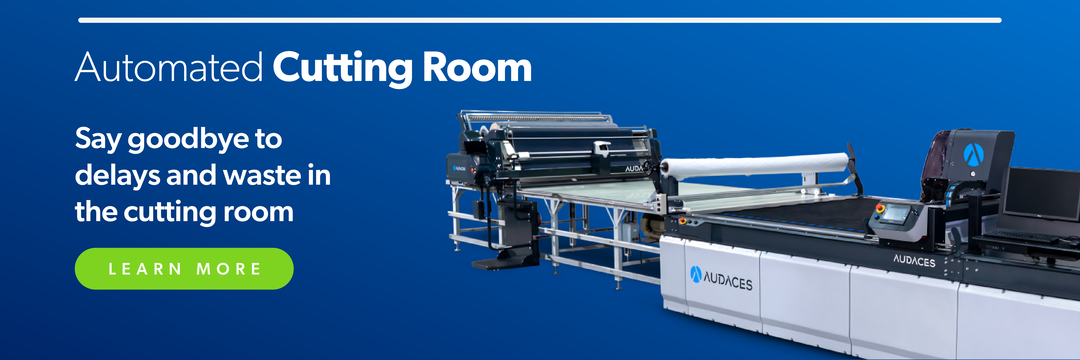Summary
- Marking fabric with precision is essential to guarantee the quality of cuts in textile manufacturing.
- After all, it’s the accuracy in this process that allows for the faithful reproduction of the pattern making.
- Experience the future of the fashion industry with Audaces360. Start your free trial today!
Marking fabric helps guide the cutting process and avoids mistakes. When done right, it saves time, reduces waste, and improves the final result.
But many things can go wrong if you skip or rush this step. Uneven cuts, fabric waste, and production delays are just a few common problems. That’s why knowing how to mark fabric properly is so important.
We’ll walk you through the full process. From preparation to the final markings, you’ll learn how to do it with care and confidence.
Let’s get started, happy reading!
Sumário
Why is it important to know how to mark fabric properly?
Marking fabric is one of the most important steps in garment production. It helps guide the cutting and sewing process. With clear markings, you know exactly where to cut, fold, or stitch.
When markings are well-made, you avoid mistakes. This is because bad markings can lead to wasted fabric or wrong cuts, slowing down your production and increasing costs.
A clean, visible mark also helps with alignment. Matching seams, darts, and notches becomes much easier, saving time. Instead of guessing or checking measurements over and over, you simply follow the lines.
Keep in mind that some materials need very light or temporary marks. In these cases, it’s important to draw a fine line that won’t damage the fabric.
To sum it up, learning how to mark fabric properly is a basic skill, but it has a big impact. It shows in your quality, your speed, and your results.
Learn more: How can technology enhance the quality of textile products?
What tools can you use to mark fabric?
There are many fabric marking tools available, each with its own use. The right one depends on your fabric type, pattern, and preference.
Some tools make thin, clear lines. Others are better for textured or thick fabrics. Below, we’ll show the most common ones and how to use them.
Marking chalk

Marking chalk is a classic choice for many pattern makers. It works well on most fabrics and is easy to remove. You can find it in many shapes and colors, depending on what you need.
Some versions come in a tool called a chalk wheel. It has a small wheel that rolls and drops fine chalk powder as you go. It helps you draw clean, straight lines with less mess.
Heat erasable pen
This pen makes sharp lines that disappear with heat. You can use an iron or heat gun to remove the marks.
It’s a great choice for detailed work, but it requires careful use. Test it on a scrap first, some fabrics may react to the heat or leave a faint trace behind.
Carbon paper
This tool lets you copy patterns directly onto fabric. You place it between the pattern and fabric, then trace over the lines.
It’s fast and helpful for marking several layers at once. Just make sure the color transfers clearly and doesn’t stain the fabric.
Learn more: 6 reasons why you should manipulate fabric automatically
Tracing wheel
A tracing wheel has small teeth that press marks into the fabric. It works well with carbon paper or on its own for pressure lines.
You can use it to trace darts, pleats, or seam lines. It’s a useful tool for detailed or repeated markings.
Chalk pencil

A chalk pencil works like a regular pencil but uses soft chalk inside. It’s good for drawing detailed marks or small notches, and you can sharpen it for better control.
It’s also easy to clean, just brush off the lines or wash the fabric. Chalk pencils come in different colors to show up on light or dark materials.
EVA foam
EVA foam sheets help you make clean cutouts of pattern pieces. You place them under the fabric to raise it slightly, making markings easier.
They also protect your work surface since EVA foam is light, soft, and reusable. It’s great for daily use in the studio.
Basting stitch
Basting is a temporary stitch done by hand or machine. It marks sewing lines, notches, or fold points with thread instead of chalk. You can easily remove the thread after sewing.
It’s useful for delicate or dark fabrics where other marks won’t show.
How to mark fabric? 7 steps for a flawless cut
Here are 7 easy steps to teach you how to mark fabric simply and effectively:
1) If possible, wash and press the fabric first
Before marking your fabric, it’s a good idea to wash it, especially delicate materials. This removes dirt, chemicals, or shrinkage that may affect the final result. Not all fabrics need washing, but many do.
After washing, press the fabric with an iron. This smooths out wrinkles and makes it easier to mark, as flat fabric gives more accurate lines.
A clean, smooth surface helps your markings stay in place. It also prevents surprises after you cut and sew the fabric.
Learn more: Learn how to adjust patterns for fabrics that shrink
2) Fold the fabric with selvedge edge together and trim the excess
Fold the fabric by bringing the selvedge edges together, the finished edges on the sides of the fabric. This helps you find the true grain and work more evenly.
Then, trim any uneven ends or excess fabric. It will give you a straight edge to start marking and cutting.
3) Find the fabric grain direction
To find the grain, look at the threads running along the fabric. The grain usually runs parallel to the selvedge. If you’re still finding it difficult, pulling a thread can help you see it better.
Marking along the grain keeps the fabric strong and stable, helping your pieces keep their shape after sewing.
4) Learn the characteristics of the fiber
Different fabrics behave in different ways. Some stretch, while others shrink or fray. It’s important to know what type of fiber you’re working with and where it comes from.
This helps you decide where and how to mark. It also helps you choose the right marking tool and method.
Thinking about moving from manual to digital marking? Our free and exclusive e-book has everything you need to know. Download now!
5) Use a pattern as a base to mark the fabric
This tip is useful if you’re dealing with small quantities, such as when you need to cut sample pieces.
First, place your pattern over the fabric and align it with the grain line. Make sure it fits within the folded fabric and hold it in place with weights or pins. This keeps it from moving while you trace around it.
Then, use the edges of the pattern as a guide to guarantee each piece is the right size and shape for sewing later.
6) Make markings using your chosen tool
Choose the right tool for your fabric. This could be chalk, pencil, tracing paper, or any of the ones we just mentioned. Remember to test the tool first on a fabric scrap to make sure it shows up well.
The next step is to trace all lines, darts, and notches clearly. Use smooth movements to get sharp and clean lines.
7) Remember to add a seam allowance
Seam allowance is the space between the cut edge of the fabric and the sewing line. If you’re not sure whether your pattern already includes it, then you’ll need to add it yourself.
Use a ruler or guide to draw a border around your traced pattern. This is where you will cut.
A proper seam allowance helps your pieces fit together when sewing, and it leaves room for adjustments if needed.
Learn more: The ultimate guide to create a marker for fabric cutting
Can you save time by marking fabric digitally?
Yes, you can save a lot of time by marking fabric digitally. Instead of doing everything by hand, you use a computer to make and place your markings. This means no rulers, no pencils, and no paper patterns.
Digital fabric marking is fast and accurate because you don’t need to measure each part again. The system keeps everything in place, and you can repeat the same layout as many times as you need.
This method is very helpful when you have a lot of pieces to mark. For example, in large clothing production, manual marking takes too much time and space. Digital marking handles it all with just a few clicks.
Another great benefit is precision. Digital tools help you mark the right place, every time. This reduces errors and waste. It also improves the quality of the cut and the final garment.
Learn more: 4 reasons to create automatic marker on the computer
What is the best system for fabric marking?
The best system for fabric marking is Audaces Marker. It was developed for professionals who want speed and quality.
Audaces Marker uses smart tools to help you place each piece the best way, directly on the computer. It finds the best layout to reduce fabric waste and improve cutting results. Everything is clear, clean, and ready to go.
With this software, you work faster and make fewer mistakes. It’s perfect for companies that need high productivity and accurate results!
Learn more: How to choose the best clothing production software?
Make markings and layouts 100% digitally with Audaces

Audaces Marker
Audaces Marker is the best solution to create a marker for cutting fabric with perfection. We used the best of technology to design it to improve the efficiency of the production process.
With this powerful ally, companies can lay out patterns in a way that reduces waste and makes the most of their raw materials.
It allows professionals to create markers more efficiently, saving both time and money.
Audaces Supera
Audaces Supera is a server capable of managing queues and ordering various markers for automatic calculation.
Reduce fabric waste even further, keeping your workstation free to prepare the next marker.
Our technology uses smart algorithms to arrange patterns on fabric in the most efficient way possible.
Want to stay up to date on the latest fashion industry news? Subscribe to our newsletter!
FAQ
Marking fabric is one of the most important steps in garment production. It helps guide the cutting and sewing process. With clear markings, you know exactly where to cut, fold, or stitch.
Marking chalk, heat erasable pen, carbon paper, tracing wheel, EVA foam, and basting stitch.
The best system for fabric marking is Audaces Marker. It was developed for professionals who want speed and quality.






